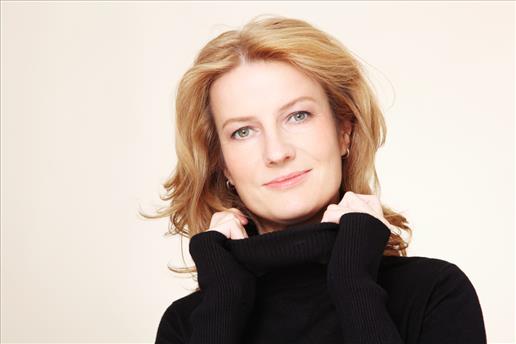
Mr Chana is a London based Plastic Surgeon and a leading expert in facial rejuvenation. Mr Jag Chana offers cosmetic surgery, laser resurfacing, chemical peels as well as non-surgical injectables. He is one of the few surgeons offering an integrated approach to facial rejuvenation using a combination of procedures in order to maintain an overall youthful and natural appearance various aspects of the ageing face need to be addressed. It is important to consider that when the face ages three main factors are involved.
1. The soft tissues of the face drop causing loose skin in the cheek, jowls as well as skin laxity under the chin and neck.
2. There is hollowness in the face which occurs due to loss of volume in the face.
3. The surface skin texture ages due to thinning, development of fine lines and uneven pigmentation.
In order to maintain the best possible results from facial rejuvenation each ageing factor needs to be addressed:
1. Loose skin and sagging tissues are best improved with facelift and neck lift surgery.
2. For permanent and natural results, the hollowness in the face is best improved with fat transfer rather than artificial fillers. Fat transfer is usually performed at the same time as the facelift although it can be carried out separately. This is called a volumetric approach to facelift surgery.
3. The surface skin texture changes are best improved with fractional laser resurfacing or chemical peels. For dynamic lines on the brow and crow’s feet the best treatment is in fact Botox since surgery is not very effective in these areas.
Why combine non-surgical treatments and facial rejuvenation surgery?
Once a facelift has been carried out it is common to be asked by patients how best to maintain the result of the surgery and the quality of their skin or prevent lines and wrinkles from recurring.
After facelift surgery there are certain aspects that get so well corrected that patients start to notice other areas of their face. As one part of their face has been improved so dramatically, other dynamic (movement) lines such as crow’s feet, forehead lines and lip lines can become more noticeable. For these areas non-surgical alternatives such as Botox and fillers may prove useful. Many patients will continue with a programme of Botox injections to soften these lines and perhaps even dermal fillers.
The surface texture of the skin is another issue where improvements can be achieved after facelift surgery. Options are chemical peels and fractional carbon dioxide laser resurfacing. Chemical peels such as a trichoro-acetic acid (TCA) peel is useful for improving the complexion of the skin by rejuvenating and reducing uneven pigmentation. Carbon dioxide laser resurfacing acts deeper in the skin and can be used to reduce some fine lines and help with uneven texture, open pores and some types of pigmentation marks.
Laser resurfacing and chemical peels cannot be performed on the cheeks at the same time as the facelift since there are risks to the blood supply of the skin in areas where the skin is elevated during surgery. However, the resurfacing can be carried out on parts of the face such as the upper and lower lips, chin and forehead. A very common area to be treated at the same time as a facelift is the upper and lower lips since wrinkles here are usually a major concern for many patients. The advantage of performing these procedures simultaneously is that two separate recovery periods are avoided.
For many patients, it turns into a process of maintenance, and there is much that can be done in terms of non-surgical treatments post-facelift surgery to refine the overall rejuvenation results which the surgery itself is unable to achieve alone. Although Botox injections need to be repeated every 4 to 5 months fillers last up to a year in many cases. Chemical peels often need to be repeated every couple of years in order to keep the skin looking fresh and rejuvenated.
Brow lift surgery combined with non-invasive treatments
Botox injections to the upper brow are important in maintaining the results of brow lift surgery. Some patients have a hyperdynamic brow which means that the forehead muscles are intrinsically overacted. This can reduce the longevity of the brow lift since the strong activity of these muscles can drag the tissues back down. For this reason, a regular maintenance of Botox injections can maintain the results of a brow lift.
Sometimes combining surgical and non-surgical facial and skin rejuvenation procedures is the optimal route to refine the aesthetic goals of any patient. If you’re interested in learning more about Botox, dermal fillers, or chemical skin peels in combination with facial rejuvenation surgery in London please book a consultation with Mr Jag Chana.
